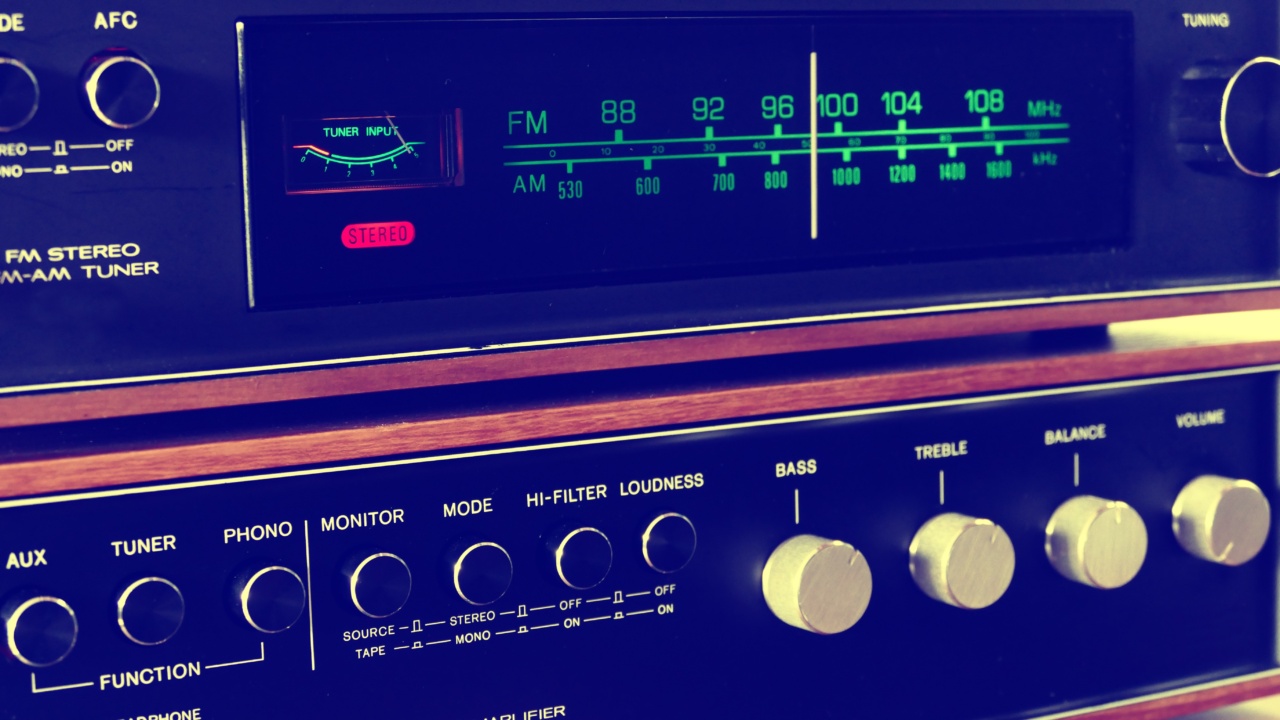Radio frequency (RF) is an important technology that has become an integral part of our daily lives. RF signals are used to power our mobile phones, Wi-Fi routers, and GPS devices.
In this guide, we will be discussing the basics of radio frequency and how it works, as well as the different applications of this technology. Whether you are a curious beginner or someone who wants to understand RF better, this guide is for you.
What is Radio Frequency?
Radio frequency is a term that describes the range of electromagnetic waves between 3 kHz and 300 GHz. It is named “radio” because these waves were first discovered and used for wireless communication in the early 20th century.
RF waves have a longer wavelength than visible light and are able to penetrate materials like walls and human tissue, making them ideal for many applications.
How does Radio Frequency work?
RF waves are created by an oscillator, which generates an alternating current. The current is then fed to an antenna, which converts it into an electromagnetic field that propagates in space.
When this field encounters an antenna on another device tuned to the same frequency, the alternating current induces a voltage in the receiving antenna, effectively transmitting information wirelessly.
RF Spectrum
The RF spectrum is divided into different frequency bands, each with its unique characteristics and applications. The most commonly used bands include:.
Low Frequency (LF) Band
The LF band covers the frequency range between 30 kHz and 300 kHz. This band is mainly used for communication with submerged submarines, as RF signals in this range can penetrate seawater.
This band is also used for radio navigation systems, such as the LORAN (Long-Range Navigation) system.
Medium Frequency (MF) Band
The MF band covers the frequency range between 300 kHz and 3 MHz. This band is used for AM radio broadcasting, air traffic control, and maritime communication.
MF waves have a longer range than higher frequency waves but are more susceptible to interference from atmospheric factors.
High Frequency (HF) Band
The HF band covers the frequency range between 3 MHz and 30 MHz. This band is used for international shortwave radio broadcasting, amateur radio, and aircraft communication.
HF waves can bounce off the ionosphere and travel long distances, making this band ideal for long-range communication.
Very High Frequency (VHF) Band
The VHF band covers the frequency range between 30 MHz and 300 MHz. This band is used for many applications, including FM radio broadcasting, television broadcasting, air traffic control, and emergency services communication.
VHF waves cannot bounce off the ionosphere and are limited to line-of-sight transmission.
Ultra High Frequency (UHF) Band
The UHF band covers the frequency range between 300 MHz and 3 GHz. This band is used for many applications, including cellular communication, Wi-Fi, and GPS.
UHF waves have a shorter range than lower frequency waves but can carry more information due to their higher bandwidth.
Applications of Radio Frequency
RF technology has many applications in different fields, including:.
Communication
Wireless communication is the most common use of RF technology. RF waves are used to transmit voice, video, and data wirelessly over long distances. This technology is used in mobile phones, Wi-Fi routers, Bluetooth devices, and satellite communication.
Medicine
RF technology is used in medical equipment, such as magnetic resonance imaging (MRI) and hyperthermia therapy. MRI machines use magnetic fields and RF waves to produce detailed images of the inside of the body.
Hyperthermia therapy uses RF waves to heat and destroy cancer cells.
Entertainment
RF technology is used in many entertainment applications, including radio broadcasting, television broadcasting, and live event production.
RF microphones and transmitters are used to transmit audio wirelessly to a receiver, making them essential for live performances and events.
Security
RF technology is used in security systems to detect and prevent intrusions. RF waves can be used to detect motion and proximity and can be integrated with cameras and alarm systems for better security.
Industry
RF technology is used in many industrial applications, including quality control, automation, and monitoring. RF waves can be used to measure temperature, pressure, and humidity, making them essential for many industrial processes.
Conclusion
Radio frequency is an important technology that has become an integral part of our daily lives. From mobile phones and Wi-Fi to MRI machines and live events, RF technology has vast applications in many fields.
Understanding the basics of radio frequency and how it works can help us better appreciate and utilize this technology.































